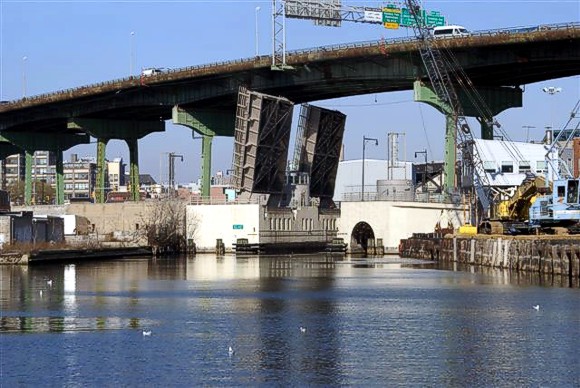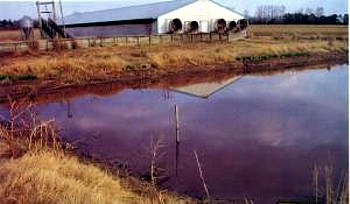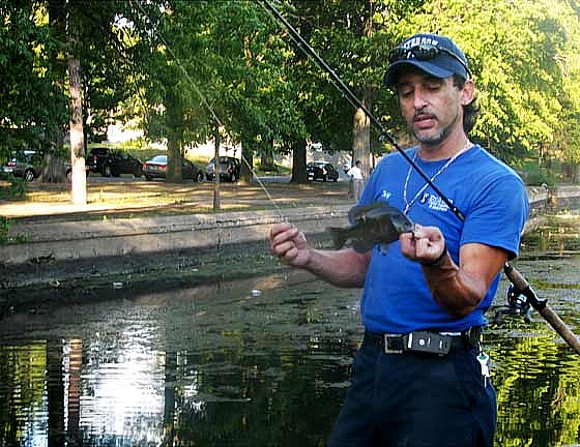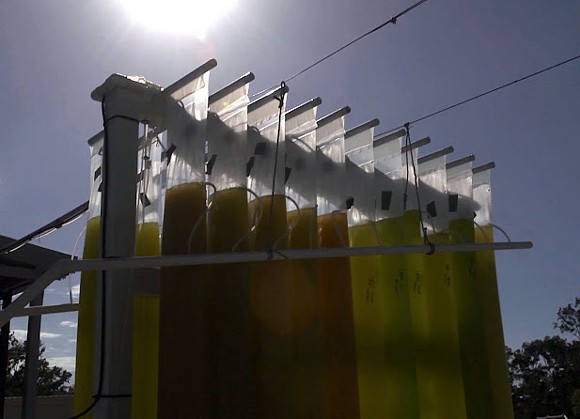Buffalo To Reduce Lake Erie Pollution With Grant from the Great Lakes Restoration Initiative
 April 2, 2014
April 2, 2014  Kyriaki (Sandy) Venetis
Kyriaki (Sandy) Venetis The U.S. Environmental Protection Agency has awarded the City of Buffalo, NY, a $500,000 grant from the Great Lakes Restoration Initiative (GLRI) that will be used in conjunction with another $500,000 in funding from Empire State Development to provide green infrastructure in an effort to minimize polluting stormwater runoff into Lake Erie.
 Space view of the Great Lakes.
Space view of the Great Lakes.
Empire State Development is New York State’s chief economic development agency that works to promote the growth of the state economy through loans, grants, tax credits, and other forms of financial assistance to projects and initiatives that will create business growth and job creation.
A major focus of this project will be building a green infrastructure along a one-mile stretch of Buffalo’s Niagara Street that’s part of the Great Lakes Seaway Trail and National Scenic Byway. This area currently accumulates untreated stormwater that drains directly into the Black Rock Navigation Channel and the Niagara River.
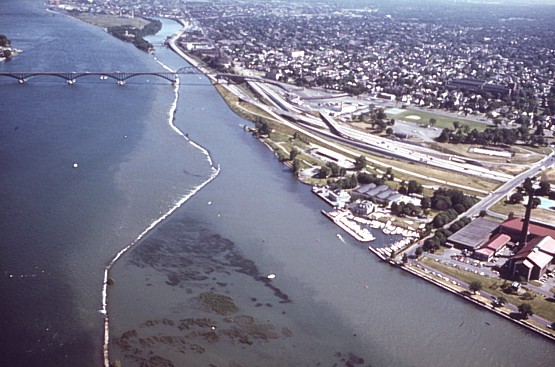 Northern waterfront of the Niagara River. Photo from Wikimedia.org.
Northern waterfront of the Niagara River. Photo from Wikimedia.org.
The EPA says the project will include the installation of porous asphalt, stormwater planters, rain gardens, and the reduction of impervious pavements. The new project is expected to capture stormwater from about 15 acres along Niagara Street and result in the reduction of about 5 million gallons of stormwater runoff per year.

